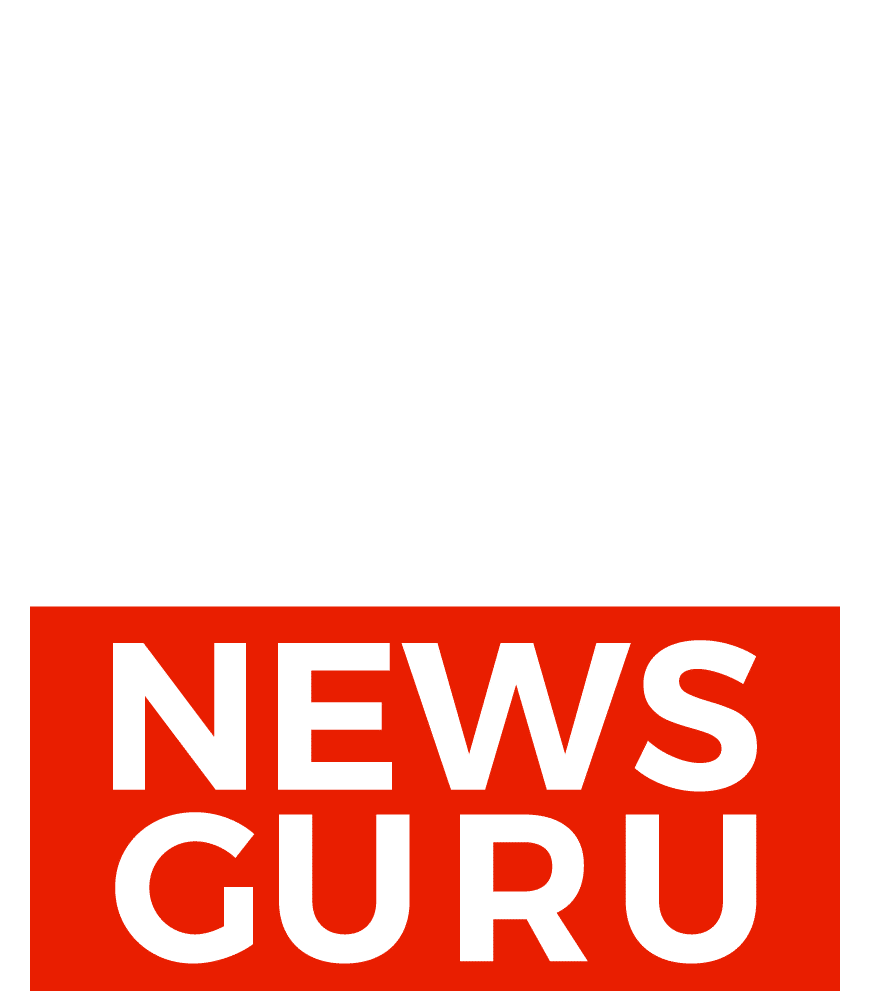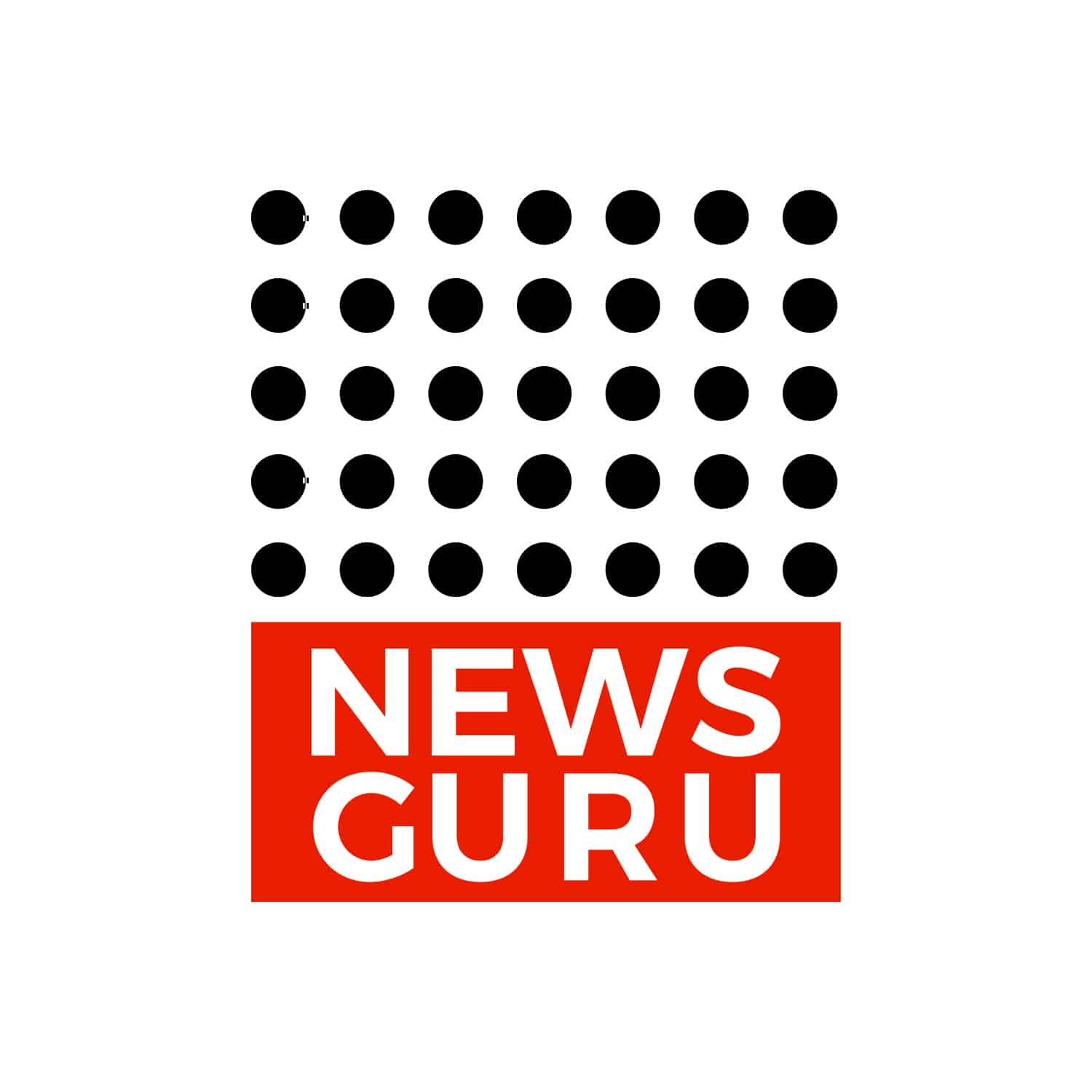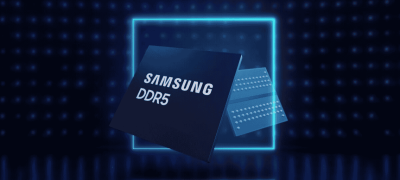The PC RAM market is facing a major shortage, driven by high demand from AI data centers. Hyperscale facilities are prioritizing high-bandwidth memory (HBM) and RDIMM over consumer-grade DRAM.
Major PC brands, including Asus, report having only about two months of inventory. Even large vendors are buying aggressively from the spot market, signaling weak supply-chain confidence.
As a result, PC RAM prices are soaring. In some regions, prices have nearly doubled, and countries like Japan have imposed purchase limits to manage the shortage. DDR5 RAM kits of 32GB now average $180–200, up sharply from early 2025.
Samsung, SK Hynix, and Micron—the world’s top three memory suppliers—are reallocating 90% of production to enterprise memory. This strategy deliberately limits consumer DRAM supply while maintaining high prices.
The surge in demand is largely due to the expansion of AI infrastructure. Data centers are buying memory in bulk, leaving less supply for PC builders and consumers. GPU memory shortages are also delaying graphics card launches until late 2026.
Industry experts warn that consumer PC RAM shortages may continue throughout 2026. New manufacturing facilities require years to build, and memory producers remain cautious due to concerns about a potential AI market bubble.
This prolonged shortage impacts both consumers and PC manufacturers. Enthusiasts looking to upgrade systems may face higher costs, limited product availability, and delayed hardware launches.
Overall, the PC RAM market is expected to remain tight, with prices staying elevated and supply constrained. Buyers are advised to plan purchases carefully and anticipate delays in new product availability.
In other news read more about: Samsung Raises Memory Chip Prices Amid AI Demand Surge







